Kenya Hunt: ‘The situation with Ozempic is exposing the holes in the body positivity movement’
Fashion briefly flirted with plus-size models, but thin is back on the catwalk and representation is still lacking in luxury fashion houses where creative directors are still mostly white men. Olivia Petter meets Kenya Hunt – at the helm of ELLE UK, and recently named as one of London’s leading Black creatives – who says diversity must be more than a ‘trend’

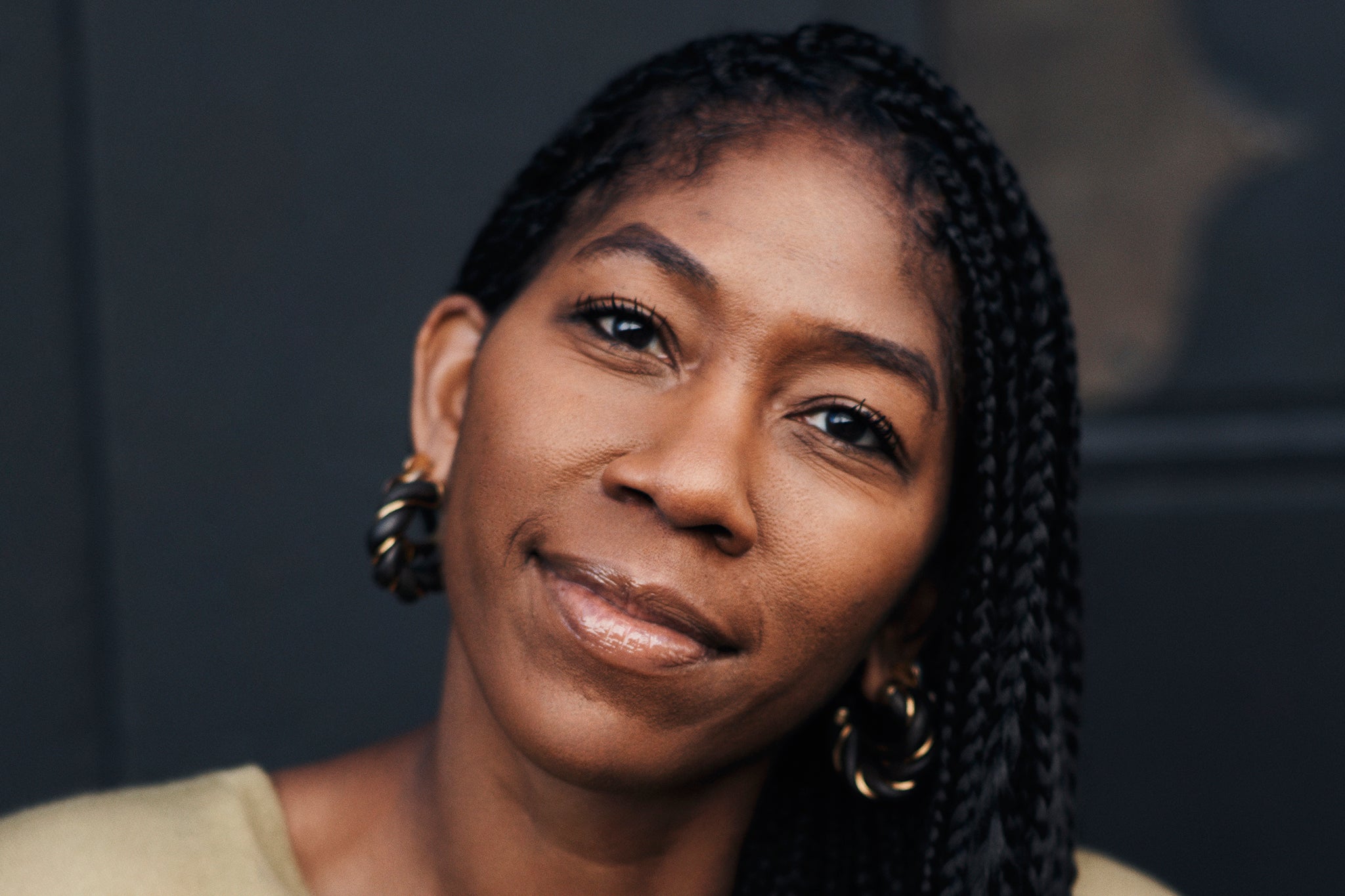
Picture a fashion editor. Is she slim, white and utterly terrifying? Does she have a permanent look of disdain splashed across her face? Has she got a famous bob haircut? If the answer to any of these questions is “yes”, you need to get up to speed – and stop watching The Devil Wears Prada. Today’s fashion editors are nothing like the monolithic stereotypes many uphold. All you have to do is take one look at last season’s front row to see how much the industry is diversifying, particularly within the media, with more people of colour taking the reins at leading glossy magazines than ever before.
“That’s the thing I find most thrilling,” says Kenya Hunt, who was appointed editor-in-chief at ELLE UK in 2022, making her the first Black woman to edit the title. “I’ve spent the majority of my working life chronicling the paucity of representation within fashion, so to be in a place now, where I’m at Paris Fashion Week and I look around and, you know, there’s Edward Enninful (the outgoing editor at British Vogue, set to be succeeded by Chioma Nnadi), there’s Lindsay Peoples (editor at The Cut), there’s Harper’s Bazaar’s Samira Nasr ... that’s tangible change. To be a part of that feels amazing.”
It’s been a long time coming. These days, Hunt is one of the most esteemed figures working in fashion. In 2021, she was given the Global Leader Of Change Award at the British Fashion Council’s annual awards and on the day we meet, over rose matcha lattes at the Rose Bakery in Dover Street Market, Hunt has just been named one of London’s most influential Black creatives by The Evening Standard in its Black Fashion Power List. She is also the author of GIRL: Essays on Black womanhood, which came out in 2020.
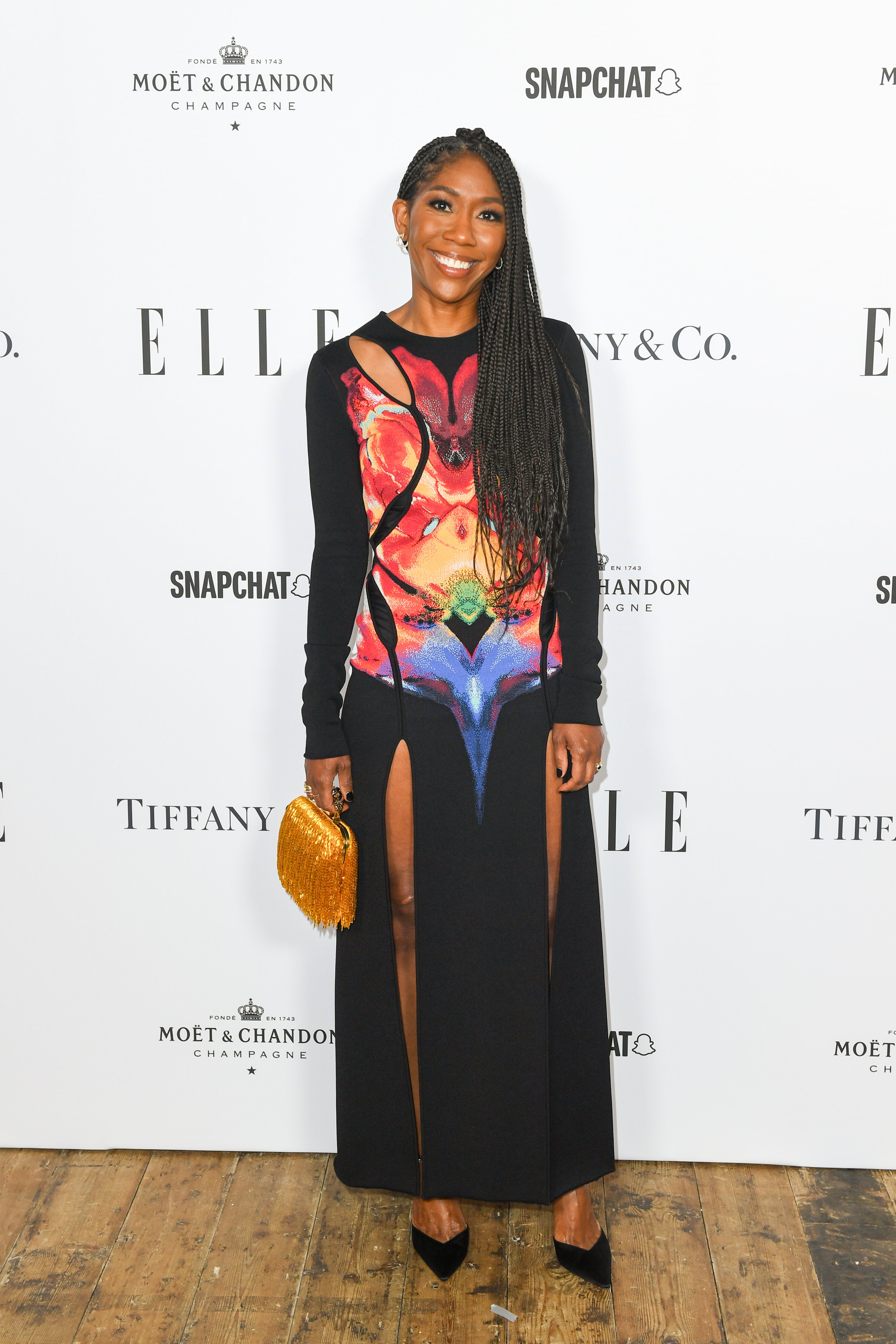
For Hunt, who was born and raised in Virginia, a career in fashion wasn’t the obvious choice. Her father was in the army, while her mother was a social worker before she decided to focus on raising Hunt and her sister. Though she enjoyed reading her mother’s stash of fashion magazines, what Hunt really wanted was to be a dancer.
“I was always having work alongside it,” she says, explaining that she took a “sort of gap year” to make it work, dancing professionally while interning at magazines as opposed to going straight to graduate school. “[Mum] told me, ‘You can go to New York and try to be a professional dancer alongside all these other things, but I don’t recommend you do it for a long time unless you are prepared to be broke for the rest of your life’.”
After a year, Hunt heeded this advice and enrolled at the University of Virginia to study English Literature, before moving to the UK to do a graduate degree in Literature and the Arts at the University of Oxford. While studying, she also worked at Metro International, a Swedish global media company where she eventually landed the position of global style director before joining The Guardian for a year and then ELLE UK. Hunt then moved to Grazia, where she worked for two years as the title’s deputy editor before returning to ELLE UK as its editor-in-chief.
Since joining, Hunt has been praised for bringing in a wide range of new voices such as author and ethical fashion consultant, Aja Barber, and award-winning broadcaster and academic, Emma Dabiri. “I feel like we’ve been able to do a lot really quickly,” she says.
It’s so important for us to continue having these conversations because I think fashion can be so trend-based. And this is one of those things that can’t be cyclical or a trend
“When I first started in this industry, there were three people of colour I’d see at the shows,” she recalls, naming The Wall Street Journal’s Teri Agins, The Washington Post’s Robin Givhan, and American Vogue’s late André Leon Talley. “I would see them in their seats in these otherwise, like very homogeneous spaces,” she says.
Today’s picture is a long way from the viral photo of the all-white editorial team at British Vogue in 2017, which Naomi Campbell famously posted on Instagram, writing that she was “looking forward to a more inclusive and diverse staff” under Enninful’s leadership. But that’s not to say there isn’t still progress to be made.
“It’s so important for us to continue having these conversations because I think fashion can be so trend-based,” says Hunt. “And this is one of those things that can’t be cyclical or a trend. It just has to be real commitment to meaningful change.”
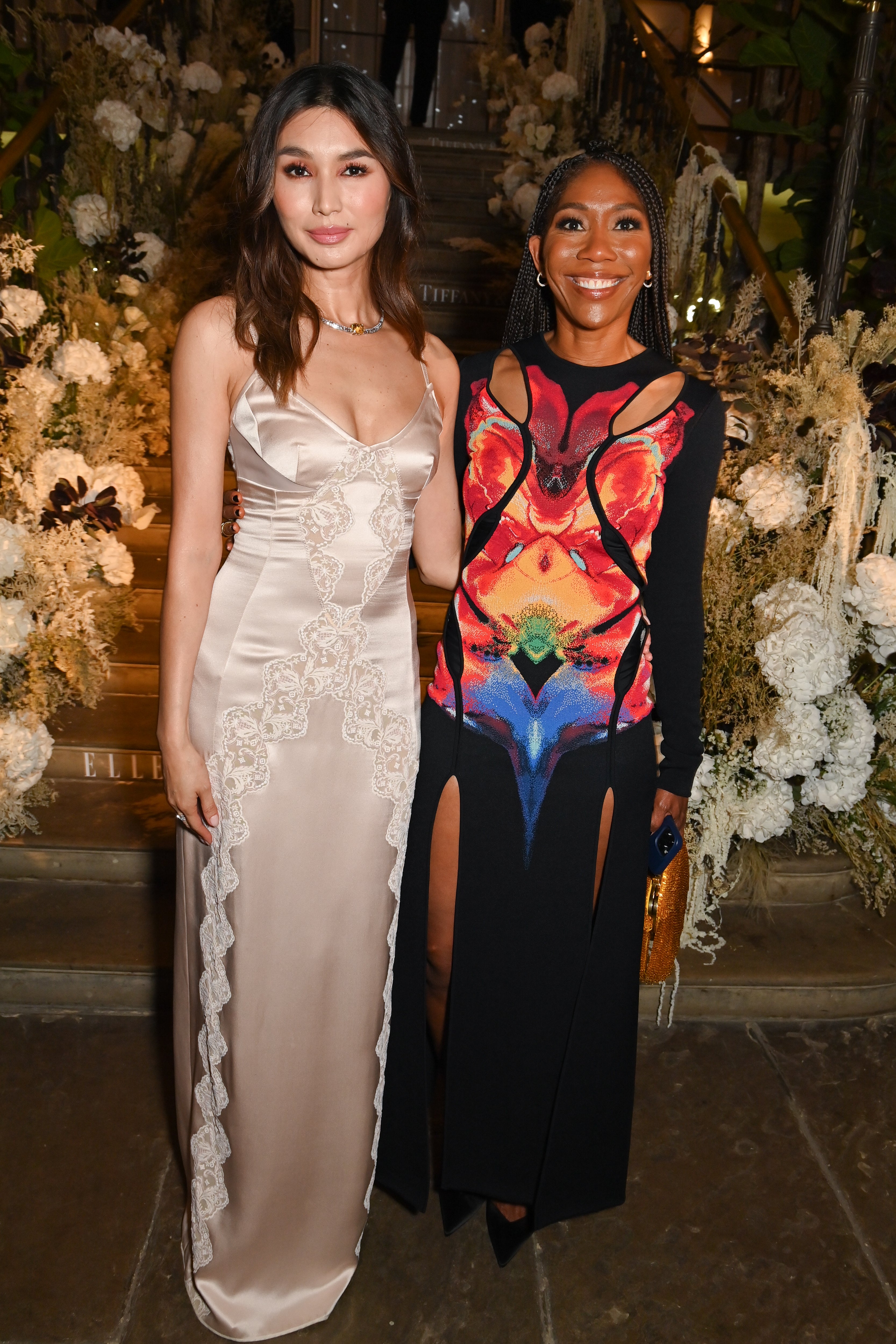
But while that change is in motion at the helm of many fashion titles, there is still a distinct lack of diversity at the top of major fashion houses. A recent Vogue Business article poignantly asked, “Why are so many creative directors men?”
Following the departure of Sarah Burton at Alexander McQueen, the piece pointed out that across major womenswear labels under the luxury fashion conglomerate Kering – including Gucci, Balenciaga, and Bottega Veneta – all of the creative directors were white men. There are concerns outside of Kering, too, like at Moschino, which recently attracted criticism when it announced its replacement for Jeremy Scott as Davide Renne, yet another white man.
“I do not have the answer as to why,” says Hunt. “All I know is I’ve read those stories and I’ve seen some of the comments posted on social media. They’re quite eye-opening and deeply sad.”
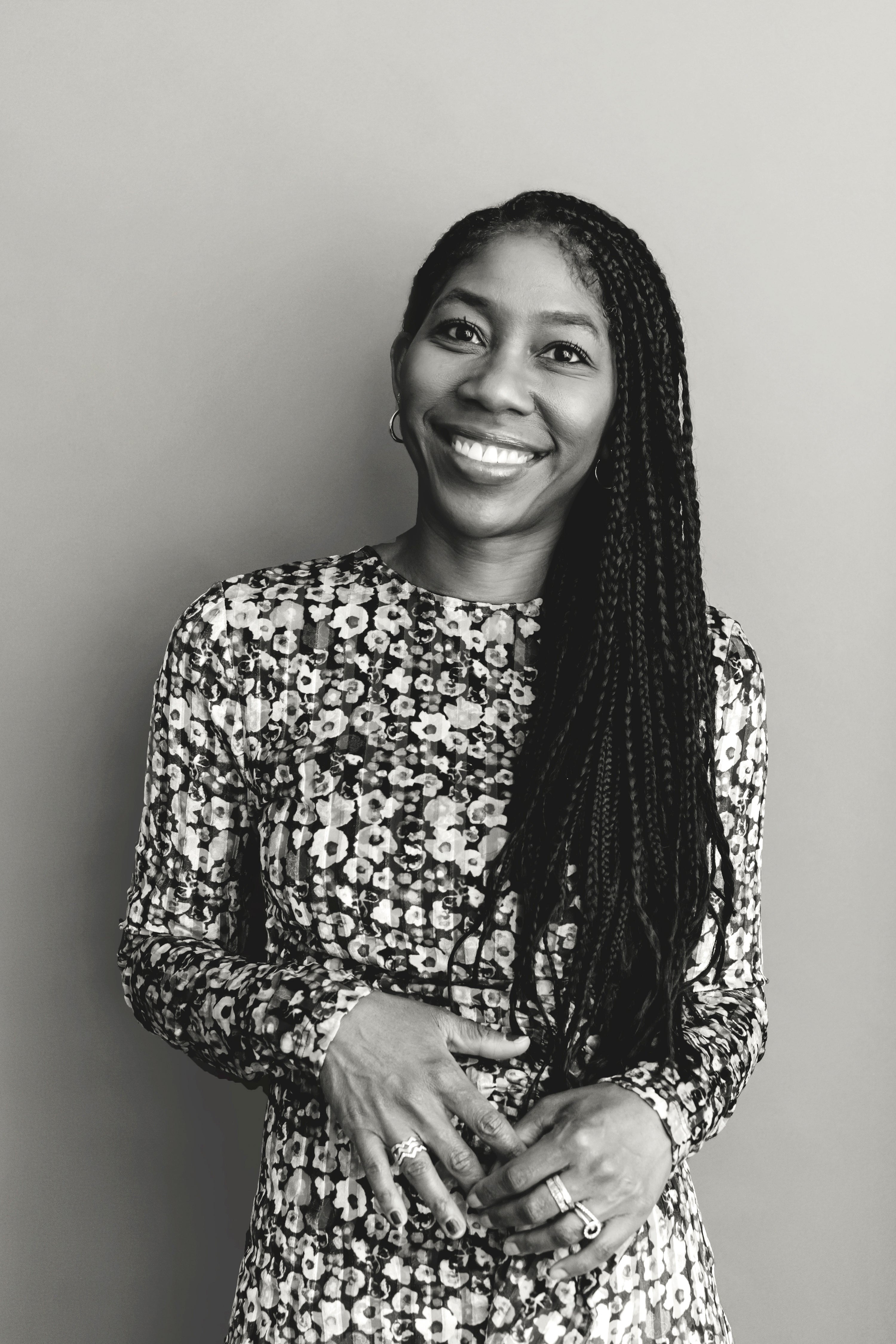
The Vogue Business success in fashion survey also revealed an industry obsessed with keeping up appearances, excluding marginalised groups and limiting their progression. “Nothing has worked, and diversity, equity and inclusion has failed," was the conclusion of one DE&I professional working in the fashion industry. I ask Hunt if she agrees with recent comments by cabinet minister Kemi Badenoch, who said Britain is the “best country in the world to Black”.
“Racism exists on both sides of the Atlantic,” she says. “It is definitely present.” Hunt has spoken out about experiencing racism at work in the past – she was once told by a white editor that the black fashion bubble was “bound to burst” – while Enninful’s experience of being racially profiled and directed to the loading bay of Vogue House in 2020, served as a bleak reminder that no amount of status or power immunises anyone against racism. Does Hunt still encounter it in her position today? “It still happens,” she says. “The difference now is more people know that I’m in this role within our industry, so within the context of our community, it happens less but in other areas outside of fashion, it can happen for sure. That adds an extra layer because you do your job, and then you have all those other sorts of things that you have to contend with.”
And when it comes to representation in fashion, in the context of body types, the diversity dial refuses to budge, permanently at least. Apart from a brief flirtation with the plus-size market, fashion seems to have fallen back in love with extreme thinness in a big way. It may be no coincidence that this has happened at the same time as a soaring use of Ozempic (an off-label weight loss jab designed for diabetics), but recent catwalks have been dominated by very thin women, prompting concerns among many fashion editors.
“It’s the thing I’m asked about the most by women,” says Hunt. “Talk turned to that [body diversity] at a show recently and a peer said, ‘Oh, that’s an old conversation; I’m tired of that conversation’,” she sighs. “But after all the discussions we had last season, I thought there would be more representation and there was… nothing. I was shocked. I think the Ozempic situation is exposing the holes in the body positivity movement.”
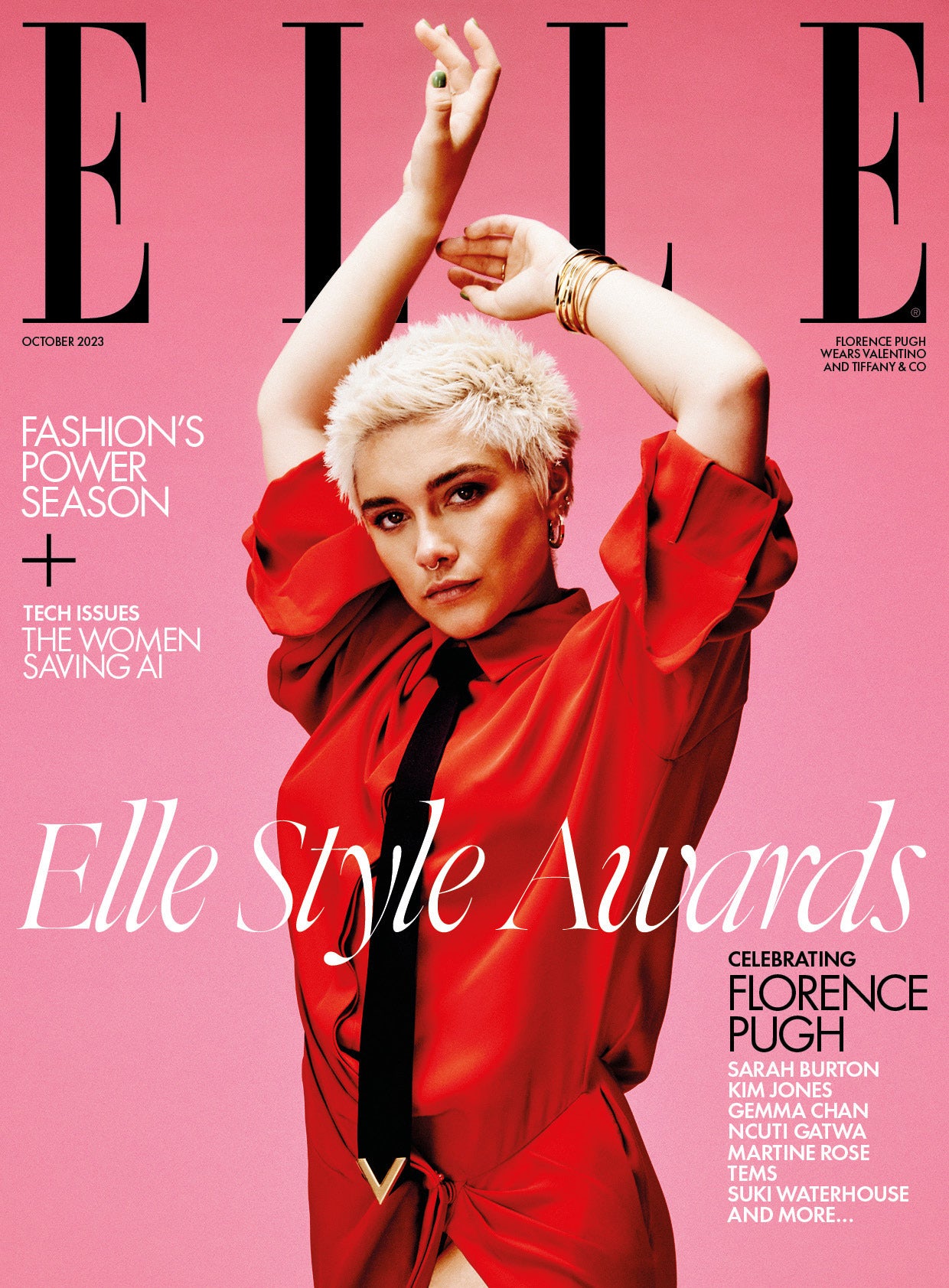
Last month ELLE UK published a piece by stylist and creative director Jeanie Annan-Lewin examining her own relationship to the drug, which, as a size 22 woman, she is taking for health reasons. She pointed to the wide use of the drug in the fashion industry, including models saying: “It makes me so angry hearing about someone who’s a size 10 taking it very blatantly because they want to not gain any weight.”
Of course, the other thing falling out of fashion is print media. Circulation figures are dropping for the majority of titles year on year and the latest figures for ELLE UK saw one of the biggest falls in the sector, with a drop of 27 per cent in 2022 compared to 2021. It has forced Hunt and her peers to entirely rethink what it means to edit a magazine today, and it’s not insignificant that the incoming British Vogue editor has been given the title of head of editorial content, rather than Enniful’s grander-sounding editor-in-chief.
“Whatever we put in print is part of a bigger ecosystem,” says Hunt, explaining how the publishing landscape now includes events and podcasts. “Historically, an editor would speak from on high,” she says. “Whereas now, I’m interested in knowing what women are talking about, I like the sense of a back and forth. And it’s exciting to be part of a moment where there are general shifts happening across the board; people are really questioning that old way of working and how things used to be.”
It’s clear that when it comes to the fashion industry, some changes might be slower to happen than others. But, after an hour in Hunt’s company, I would agree that there is also a lot to be excited about right now.






Join our commenting forum
Join thought-provoking conversations, follow other Independent readers and see their replies
Comments